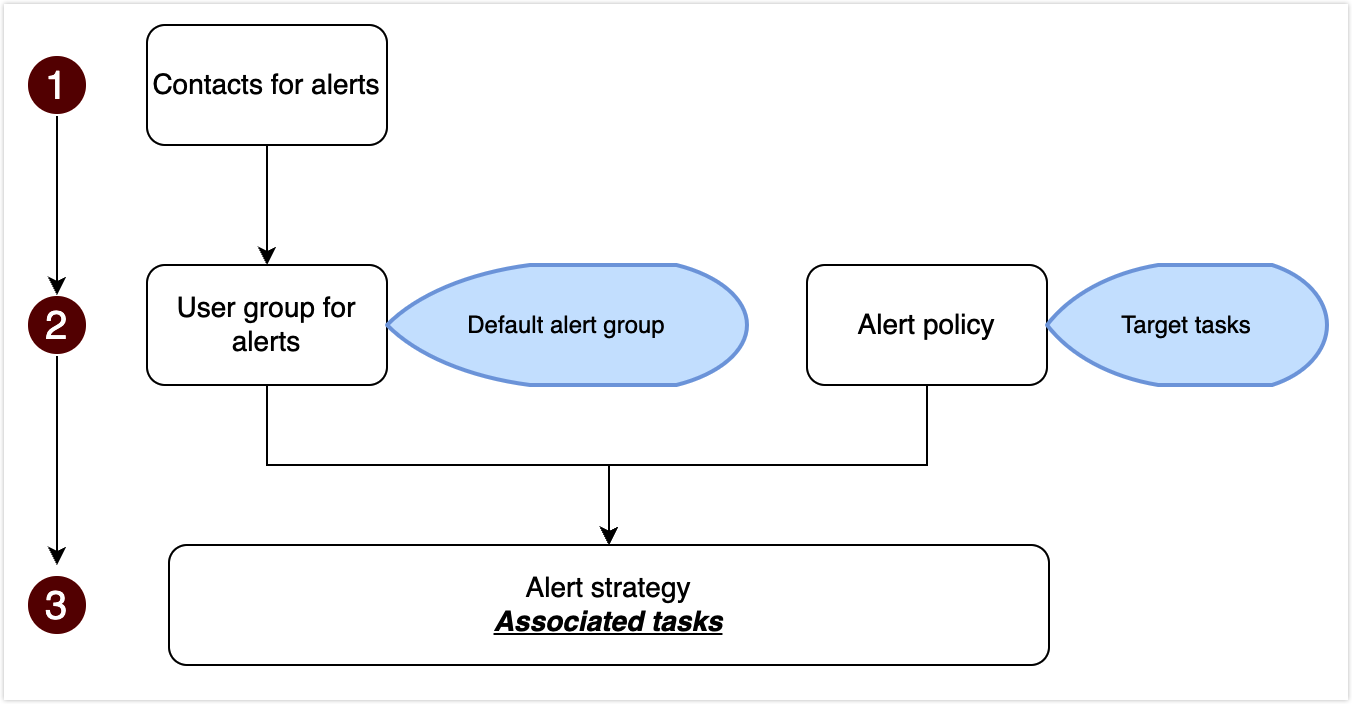Introduction to operation and maintenance monitoring
NineData provides the operation and maintenance monitoring function, providing the status of NineData tasks in real time. If anomaly detected, user will be alerted, so that timely measures can be taken.
Background
For tasks that run asynchronously and run for a long time, such as data comparison , data replication , and data backup, it is difficult for users to check the status of the tasks during the whole process.
In order to improve the user experience, NineData provides a monitoring and alert function, which can monitor the operation status of tasks anytime and anywhere, and alert users in real time through SMS, phone, email, etc., greatly reducing task maintenance costs.
Features
| Item | Description |
|---|---|
| Supported tasks | Data backup, data recovery, data replication, data comparison, structure comparison, gateway |
| Monitoring indicators | Data backup: task status, full backup time, log backup delay; Data recovery: task status; Data replication: task status, replication delay; Data comparison: task status, comparison time, comparison result; Structure comparison: task status, comparison time, comparison result; Gateway: gateway status |
| Alert rules | NineData provides a default alert rule for each task type, which cannot be modified. User can also create custom rules based on business needs. For more information, see Creating Alert Rules . |
| Alert recipient | Send alerts to individuals, as well as to all members in the alert receiving group. NineData provides a default alert receiving group, and user can also create a custom alert receiving group. For more information, see Configuring alert Receiving . |
| Alert channel | Support text messages, phone calls, emails, DingTalk, Feishu, and corporate WeChat. The alert channel of the default alert rule is SMS. To use other alert channels, please see Creating Alert Rules. |
| View History | After an alert is triggered, a history record will be generated, for user to conveniently manage the operation and maintenance of the task in the future. |
Use flowcharts
